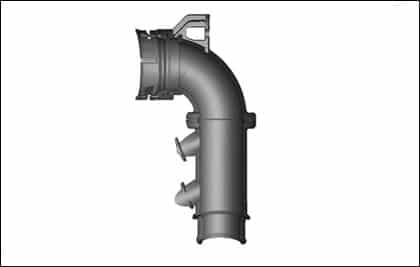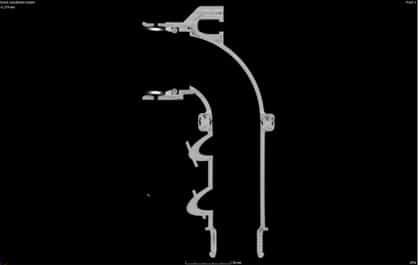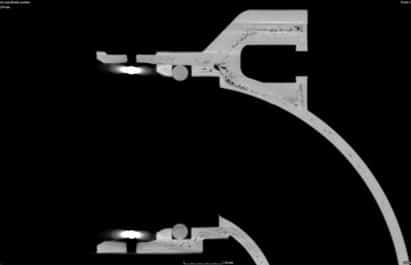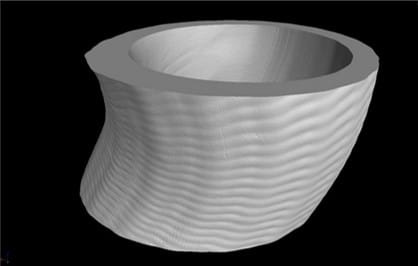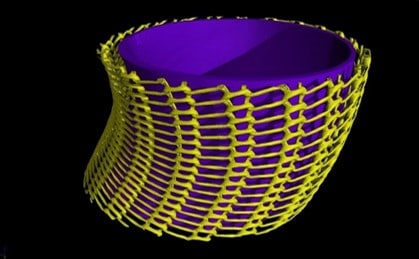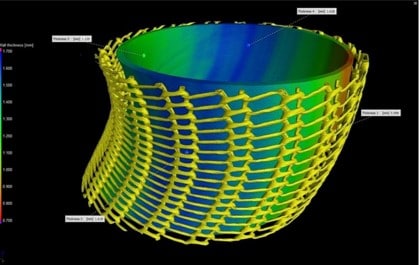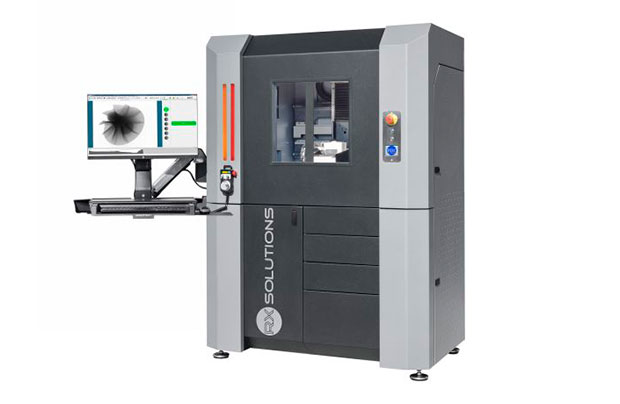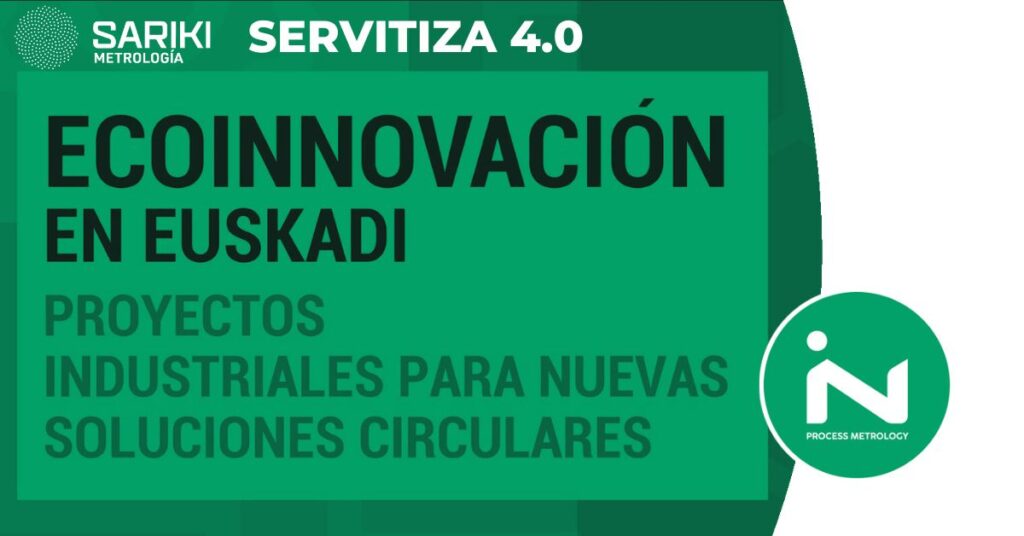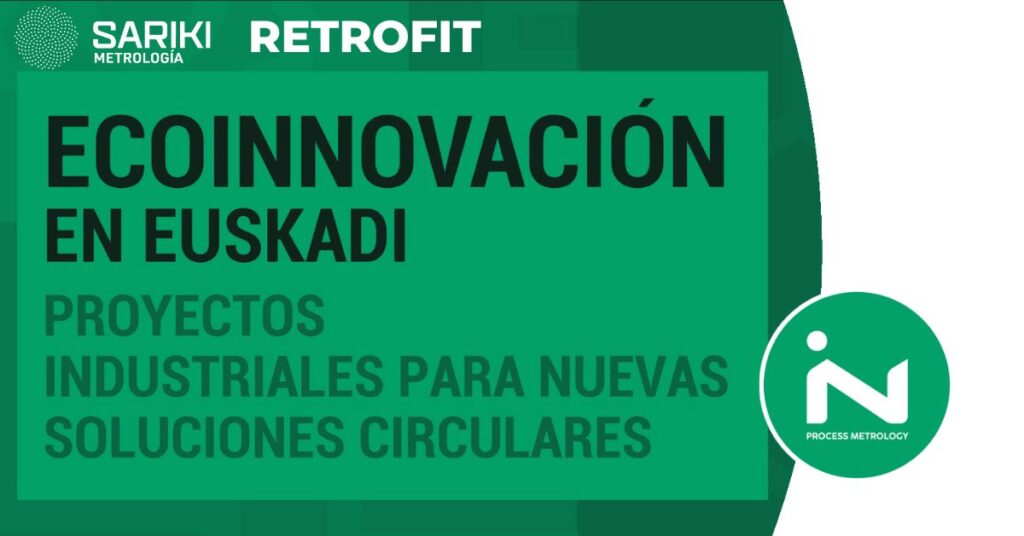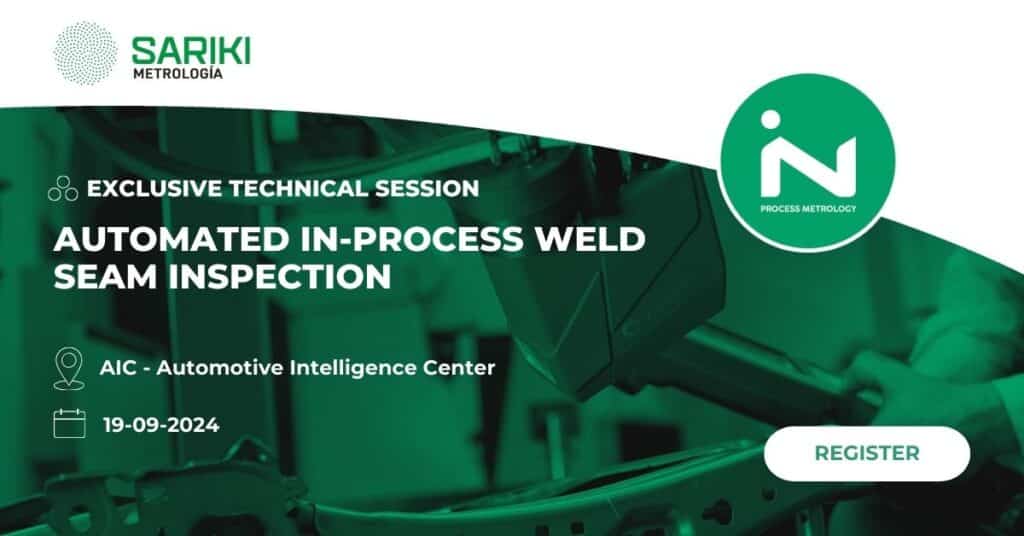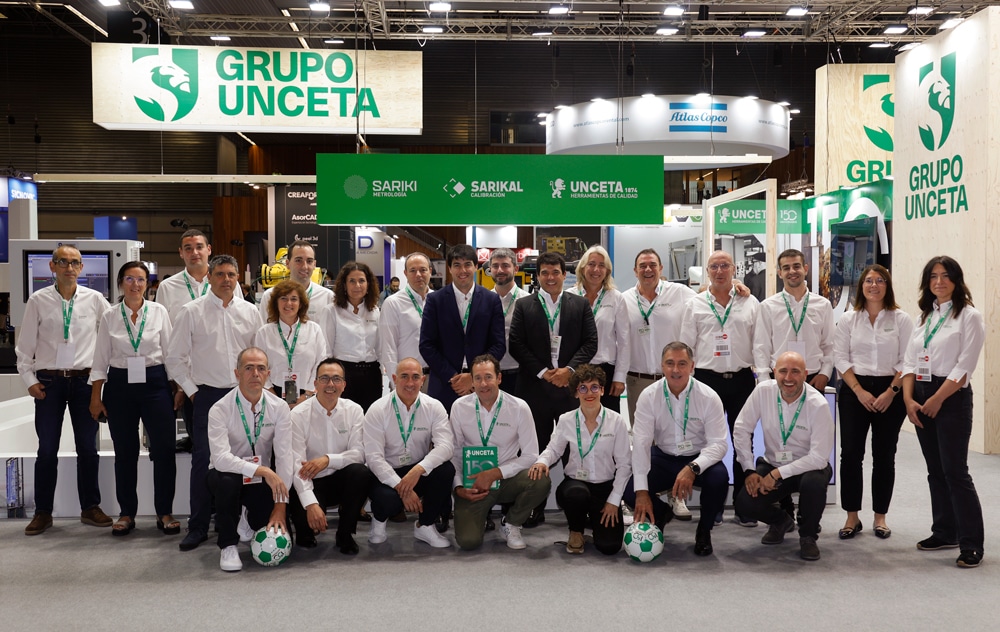We explain how the automotive sector is applying computed tomography
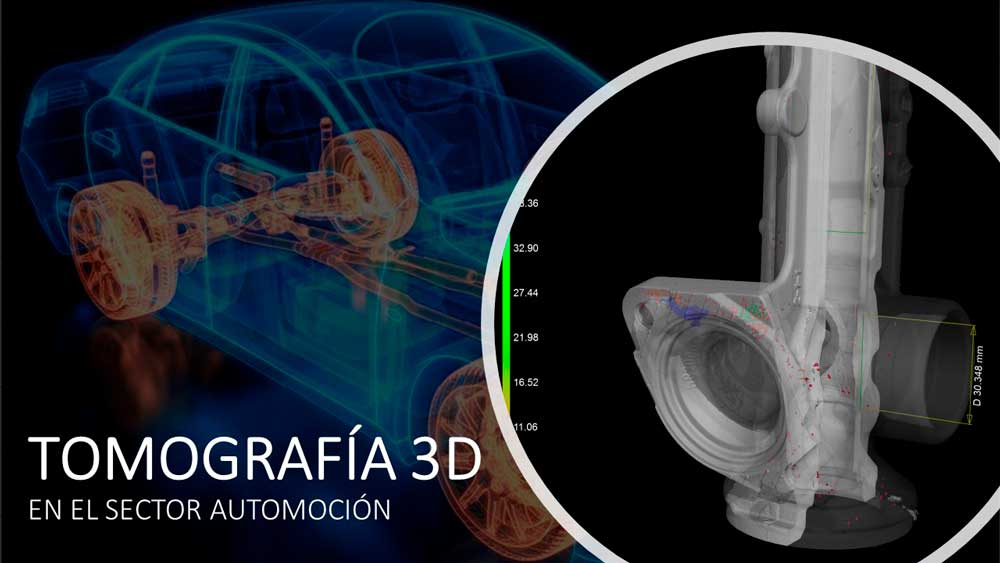
El sector automoción es muy competitivo, lo que da lugar a muchos desafíos.
Millones de coches se fabrican cada año en todo el mundo. Para mantener esta alta tasa de producción, toda la cadena de suministro debe ser eficiente y cada subcontratista tiene que proporcionar calidad y cantidad a tiempo.
La automatización del sector automoción está bien implementada en todo el mundo y las tecnologías de control se adaptan a las líneas de producción robotizadas: deben ser rápidas, precisas y robustas. De hecho, es importante detectar una variación eventual tan pronto como sea posible porque puede salvar miles de posibles piezas defectuosas.
Los vehículos modernos utilizan piezas mecánicas con tolerancias muy estrictas y pequeñas dimensiones para componentes del sistema de propulsión, sensores electrónicos, inyectores de combustible, suspensiones y frenos. Todos ellos necesitan coincidir perfectamente con el modelo virtual para garantizar la seguridad y la calidad de los usuarios de la carretera.
Además, los coches están utilizando hoy en día una amplia variedad de materiales y estrategias de fabricación. Desde componentes fundidos, artículos de caucho o plástico y dispositivos electrónicos hasta piezas estructurales reforzadas con carbono, engranajes de aluminio y llantas de aleación; cada proveedor tiene que demostrar la calidad de sus componentes para entrar en el inmenso mercado de la automoción.
La Tomografía industrial está aportando nuevas herramientas para hacer frente a tareas difíciles.
El sector automoción utiliza muchas tecnologías con el objetivo de validar los procesos de fabricación, mejorar el montaje, garantizar la fiabilidad y medir las desviaciones. Todas ellas tienen limitaciones, ventajas e inconvenientes y una nueva forma innovadora de completarlas es utilizar rayos X industrial (tomografía computarizada), una técnica de pruebas no destructivas (NDT) que permite a expertos en metrología industrial, directores de calidad o investigadores académicos que trabajan directa o indirectamente dentro de la industria automotriz mejorar sus capacidades.
Gracias a los rayos X CT (tomografía computarizada) y su notable facilidad para mirar dentro de los componentes sin destruirlos, abrirlos o incluso tocarlos, hoy en día es posible obtener resultados precisos con pocos segundos de escaneado. Al ser capaz de penetrar diversos materiales, los rayos X CT se pueden utilizar para metrología, porosidades y análisis de inclusiones, ingeniería inversa, verificación de montaje y muchas otras aplicaciones relacionadas con el proceso de calidad en el sector automoción.
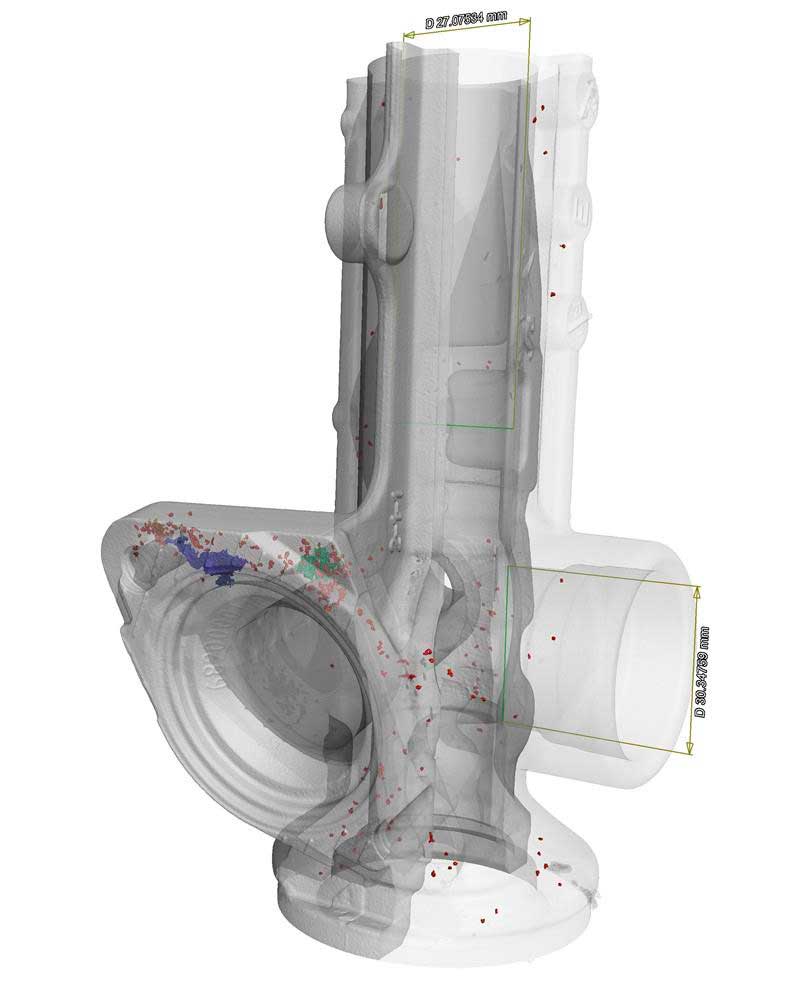
Los sistemas de RX Solutions son fáciles de usar, asequibles y se pueden integrar completamente para una inspección automática de la planta. Proporcionando datos digitales, las desviaciones del proceso de fabricación se pueden predecir vinculando los resultados de la tomografía al software de análisis de datos totalmente automatizado. Este podría ser el futuro para la corrección directa del mecanizado y la producción sin defectos.
La gama de resultados disponibles es tan amplia que casi la totalidad de los componentes del coche podrían pasar por una tomografía industrial.
Plástico, caucho, aluminio, acero, aleación, composite, cada uno de estos materiales se puede escanear con rayos X.
Incluso si los materiales densos tienen sus limitaciones, abre muchas posibilidades teniendo en cuenta las piezas del coche.
De hecho, es posible realizar metrología y generar informes GO / NO GO automáticos sin intervención de ningún operario. Estos resultados de medición pueden incluir:
Distancias entre planos, puntos o círculos.
Redondez
Perfiles GD&T
Cilindricidad
Planitud
Gracias a la penetración de rayos X, la metrología también se puede realizar en entidades internas.
Para piezas de fundición o pequeños conectores inyectados de plástico, la longevidad y fiabilidad a menudo dependen de pequeñas partículas o vacíos que podrían aparecer dentro del material durante el proceso de fabricación. Gracias al algoritmo avanzado, la tomografía 3D puede proporcionar informes que dan los defectos más grandes detectados y sus ubicaciones. Incluso es posible calcular la relación de volumen entre vacíos y material en algunos casos. Esto puede ser muy útil tanto para la investigación y el desarrollo y los equipos de calidad.
Los sistemas de automoción son a veces complejas mezclas entre componentes mecánicos y electrónicos. Con rayos X y utilizando algunas herramientas matemáticas muy útiles proporcionadas en el software X-Act, como la corrección de artefactos metálicos y la atenuación del endurecimiento del haz, los ensamblajes electromecánicos se pueden comprobar rápidamente sin destruirlos. Se puede hacer tanto con Radioscopia Digital (DR) o Tomografía Computarizada (TC) y siempre es útil cuando se buscan cables rotos o partes desalineadas.
Sariki ofrece sistemas de rayos X industriales y tomografía 3D configurables para ayudar a los actores de la industria automotriz en todo el mundo.
Las soluciones de tomografía industrial de RX SOLUTIONS son los únicos del mercado que:
- Pueden incorporar 2 fuentes de rayos X en un mismo equipo.
- Incorporan pantalla y foco móvil.
- Son capaces de atravesar piezas con equipos de menor potencia.
- Disponen de su propio software de captura.
- Permiten la automatización del proceso de tomografiado.
- Disponen de un asistente que te guía durante todo el proceso
Sariki dispone de la autorización de comercialización y asistencia técnica de equipos generadores de rayos X por parte del consejo de seguridad nuclear (CSN) y todos los modelos disponen de la aprobación de tipo, por lo que no se consideran instalaciones radioactivas.
Tomografía industrial
Te proponemos una solución de medición que te permitirá identificar defectos y verificar la geometría de tus piezas de forma interna y externa mediante tecnología de rayos X.
Si quieres más información sobre los equipos, quieres asesoramiento personalizado o te interesa contratar un servicio de medición con esta tecnología, rellena el siguiente formulario y nos pondremos en contacto a la mayor brevedad posible.


